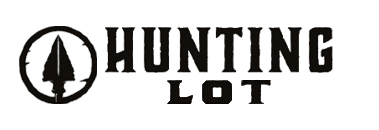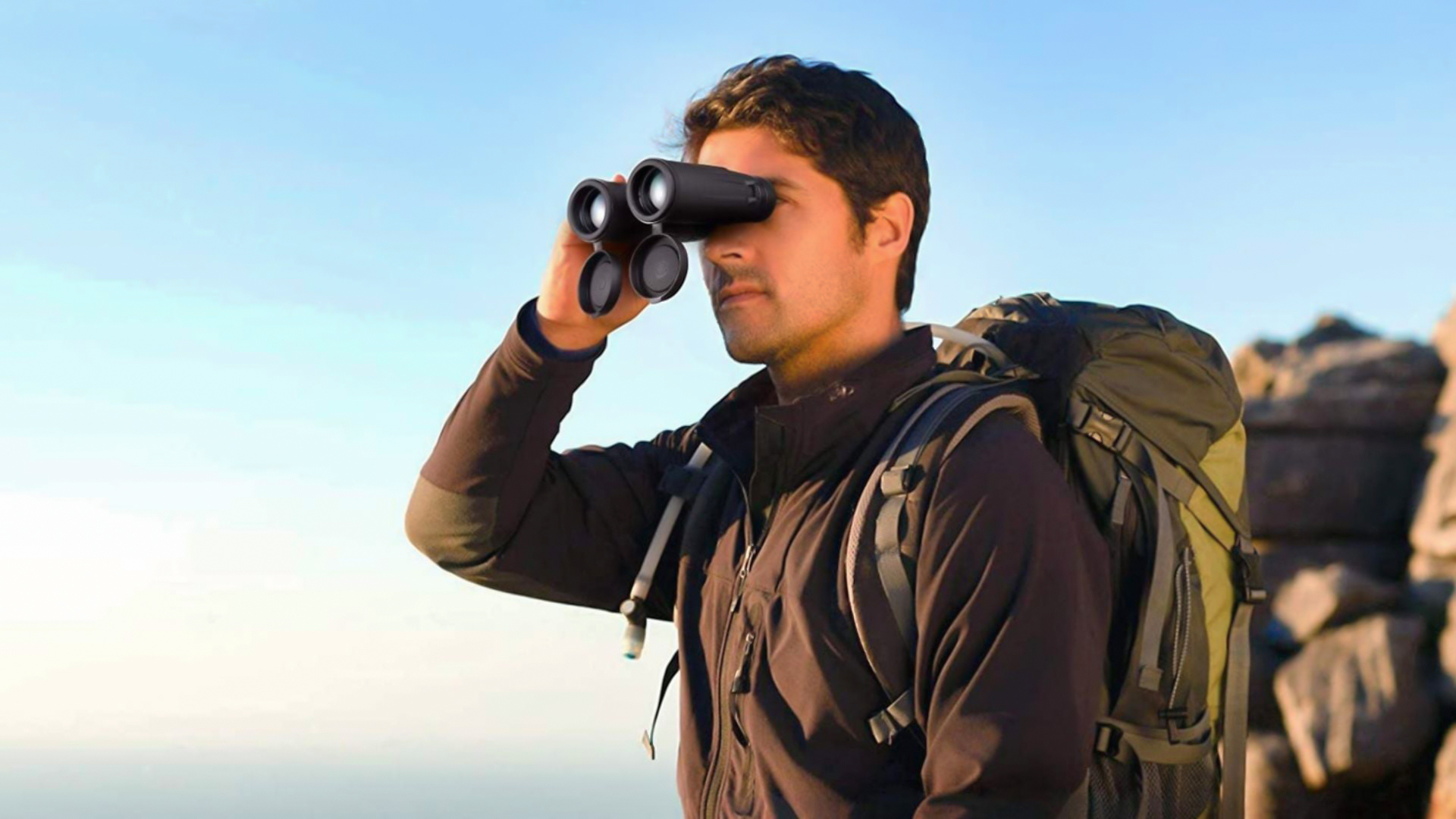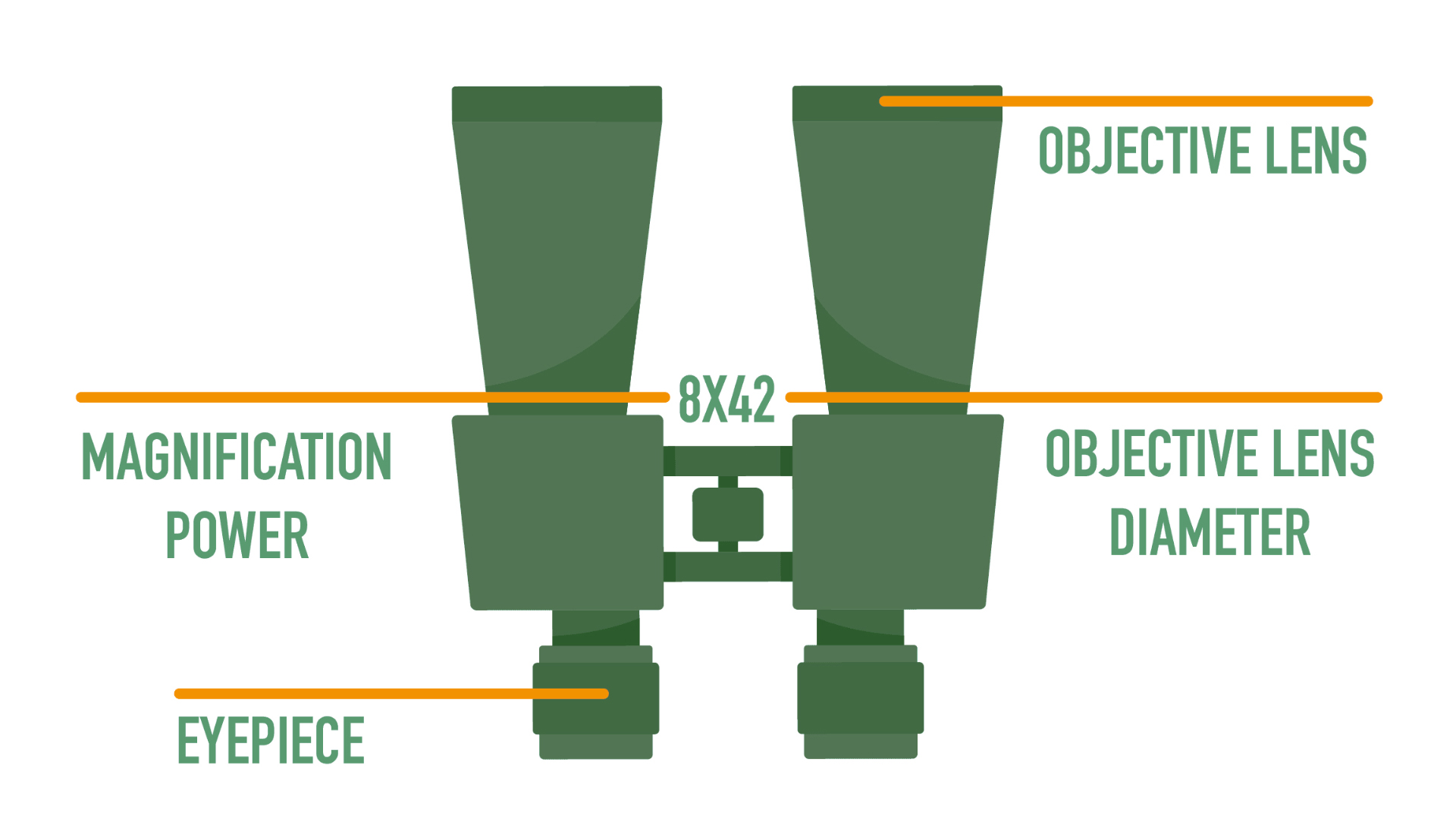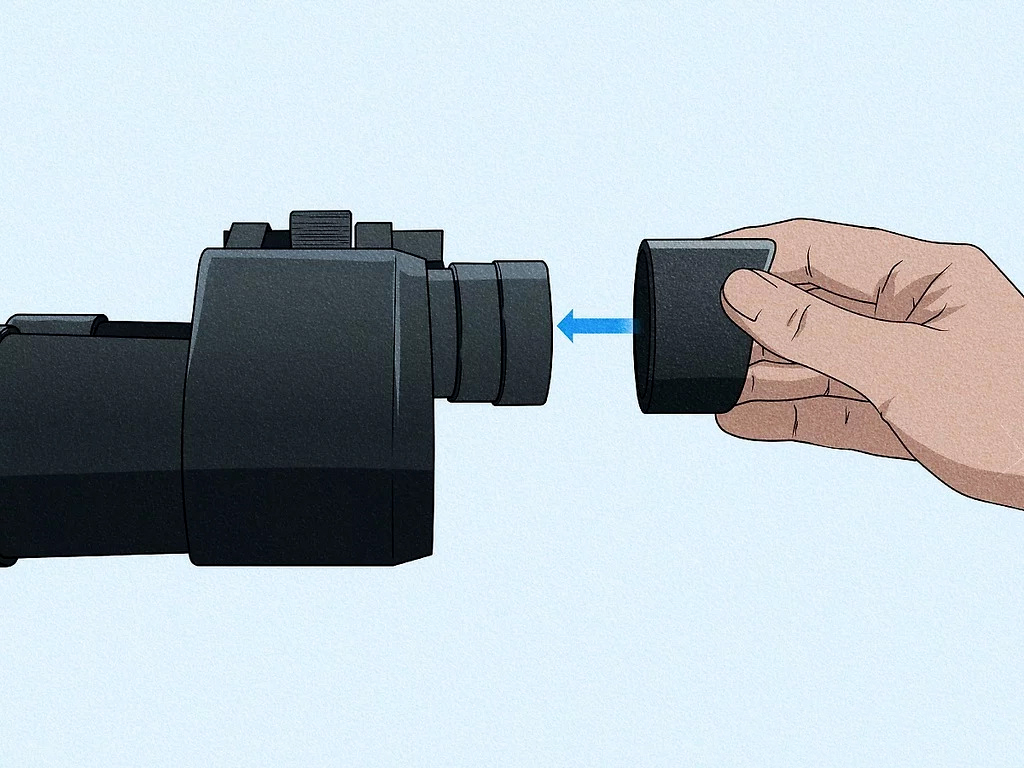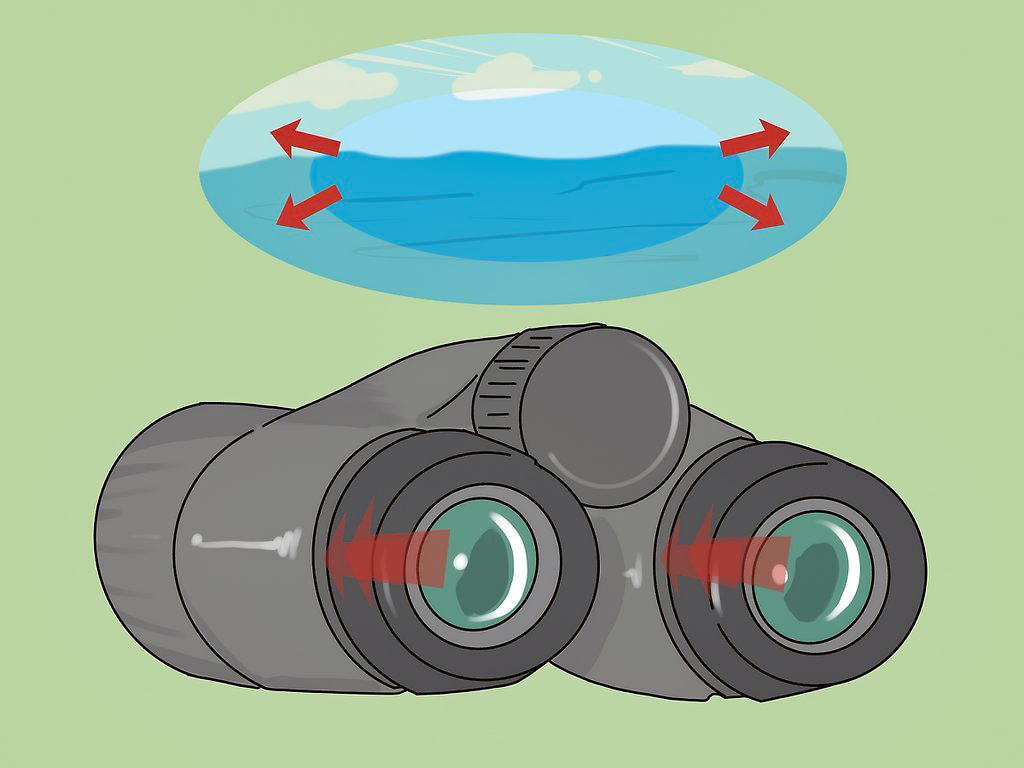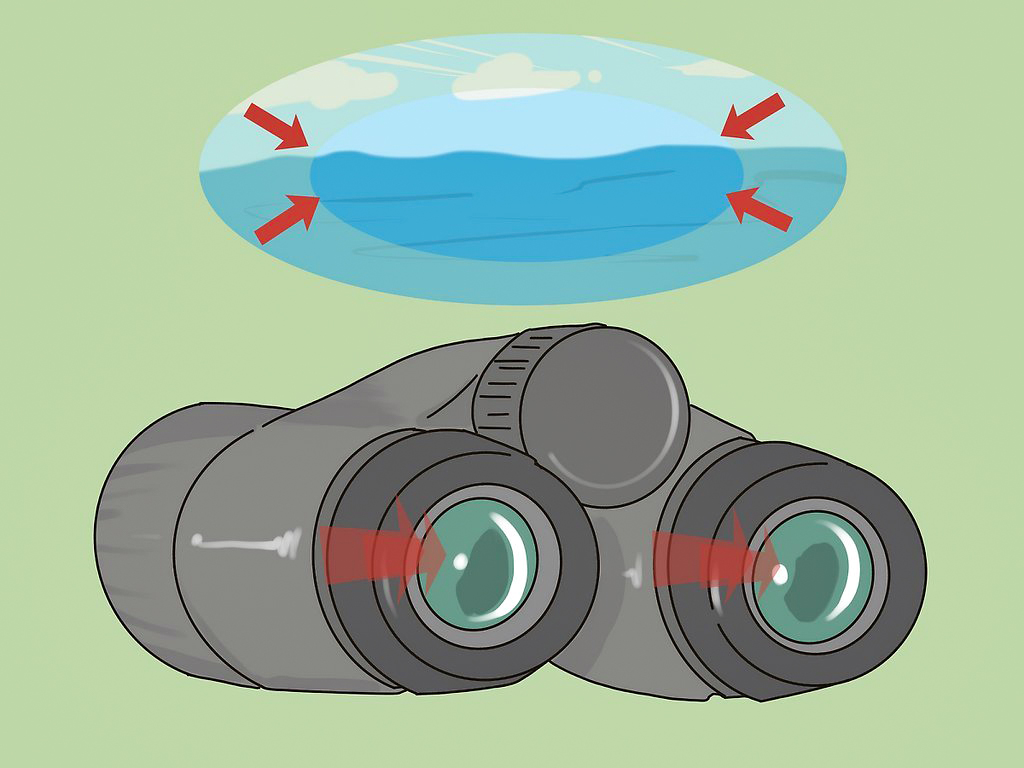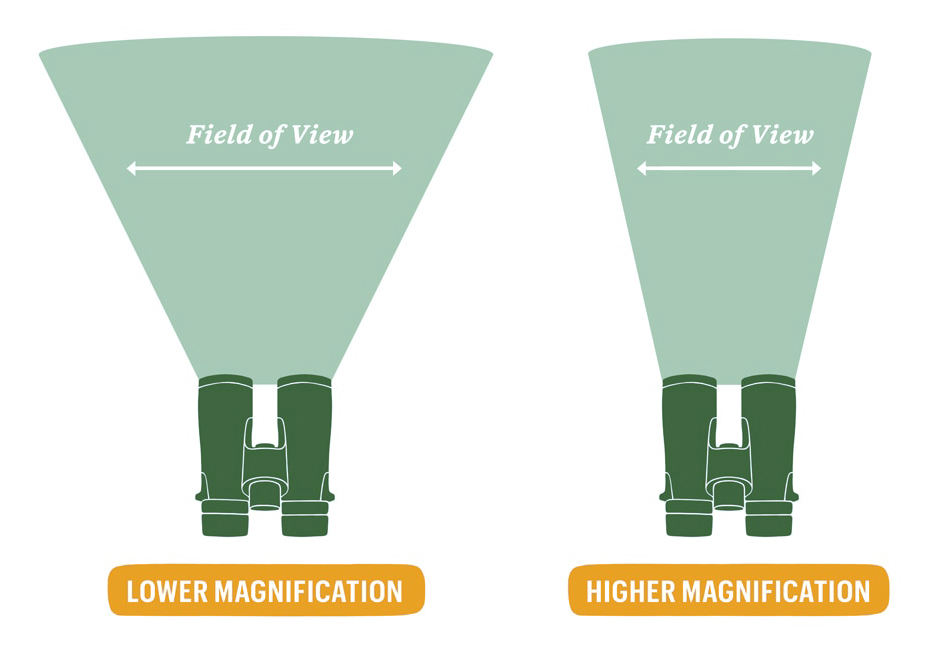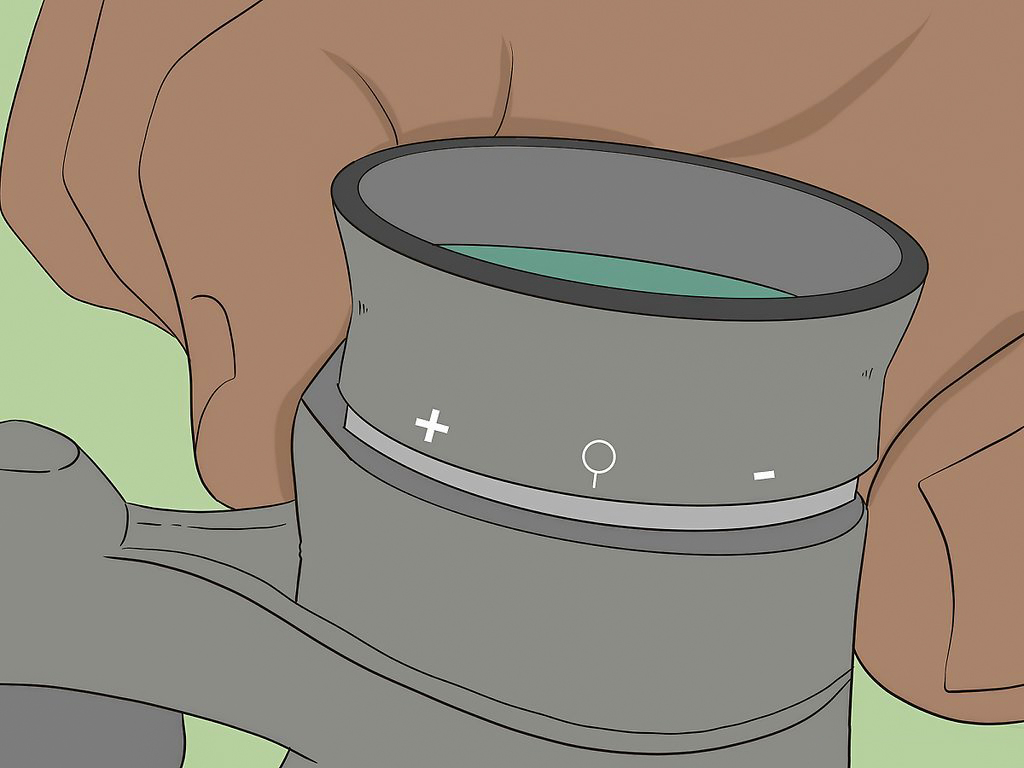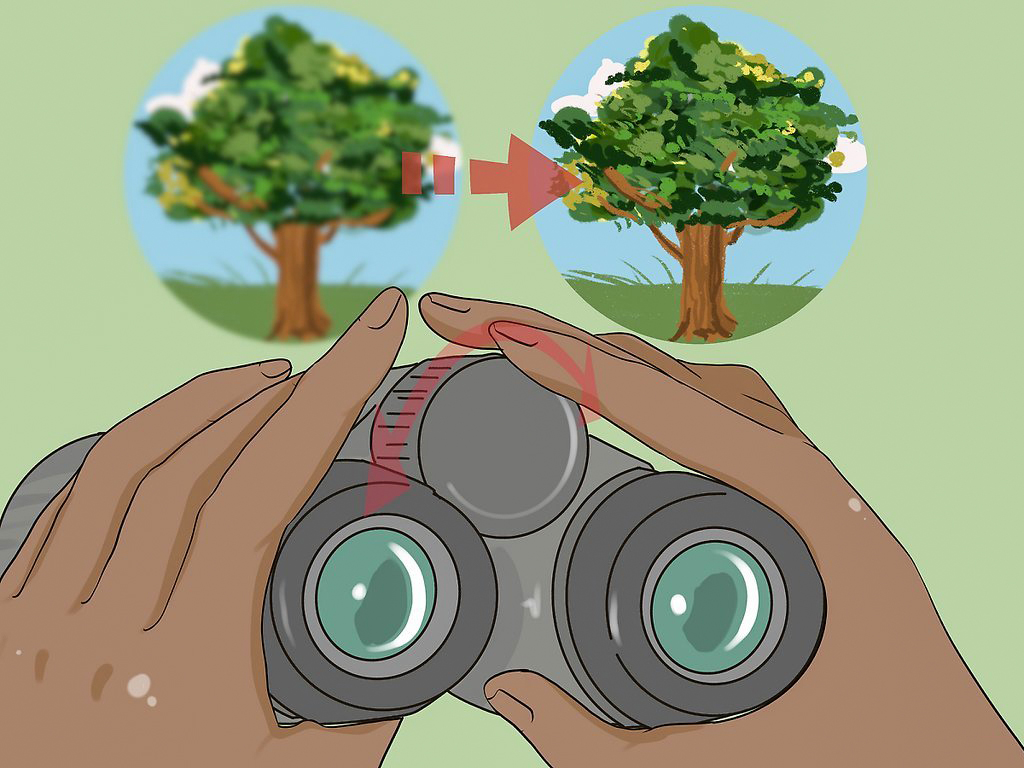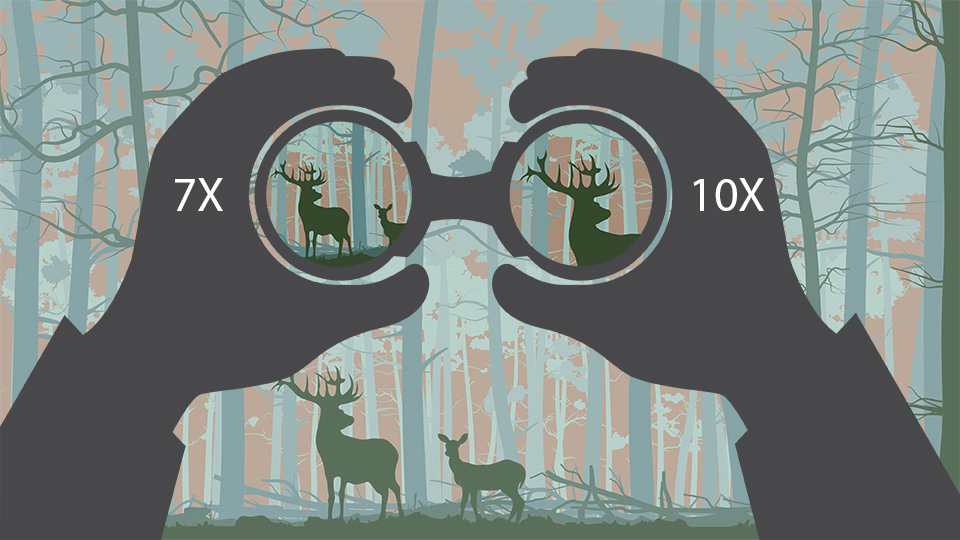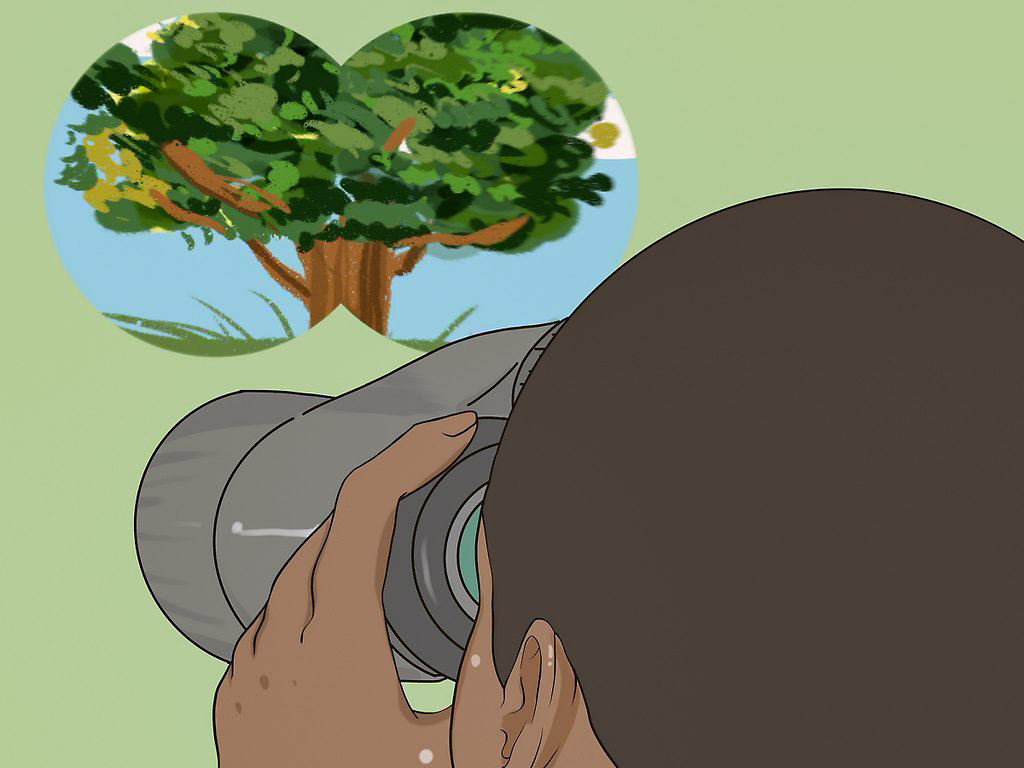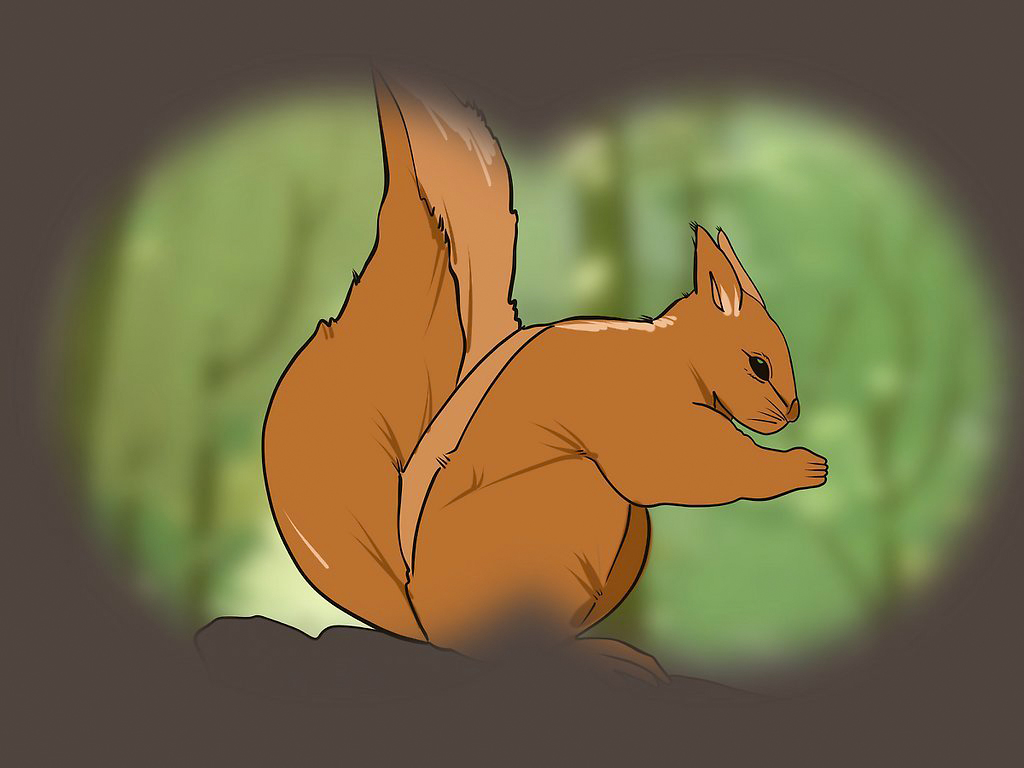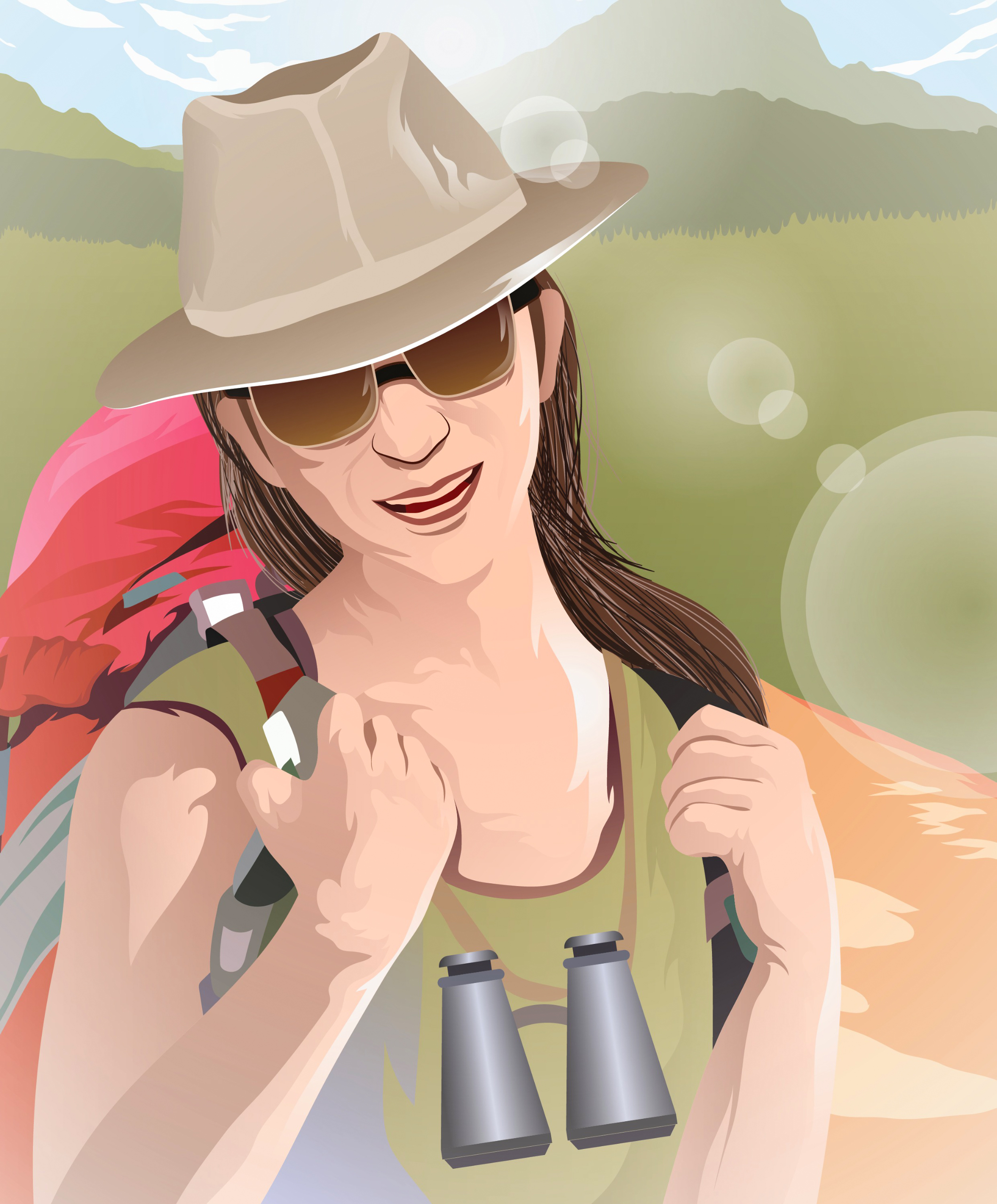Like most people, I also thought that using binoculars was no big deal. That’s what everyone thinks – people would just know how to use binoculars without previous knowledge.
However, that is not the case at all when it comes to using binoculars properly.
Unless you know how to set up your binoculars, you cannot have the perfect sight. But to know that you need someone to walk you through all the steps carefully.
I am here to do just that, so let’s begin!
Contents
Understanding Your Binoculars
It might seem daunting or not at all, but this learning process is vital to get the most out of your binoculars.
So let’s start with understanding some of the most common components of your binoculars to help you get familiar with the device.
The carry case is the first thing you see with any binoculars you choose. It often comes with a shoulder strap for easier carrying.
The inside of the bag comfortably holds your binoculars alongside a cleaning cloth in most cases. You must keep the cleaning cloth protected inside the bag as well and make sure not to get it dirty.
The other important things in the bag are the lens caps for both binocular objective lenses and a neck strap.
In addition, some types of binoculars have integrated lens caps that remain attached to the binoculars even when you have opened them.
Similarly, you also have lens caps or rain guards for the eyepiece lenses.
The two barrels on the binoculars are either attached with the help of a single or sometimes two central pivots. Again, it depends on the binocular’s design.
These pivots are adjustable as per your need for correct spacing of the two eyepieces for them to align with your eyes. The focus dial is often found in the center of the pivotal hinge.
Retracting the Eyecups to Meet Your Eyes
The eyecups you see on the binoculars are adjustable. You can use them to retract the eyecups for a wider field of view or extend them for a more focused view.
In case your target sight is an expansive and large area, you can fully retract the eyecups.
Simply press them down to the barrels as far as they go. If you have a deep set of eyes, this position will work best for you.
A retracted position is also suitable for those who wear glasses. Just keep the dirt away when the eyecups are fully retracted because they are quite exposed in this position.
While the fully retracted position offers a wide field of view, it does reduce the focus.
As a result, if you are looking at specific objects at a distance, this is not the position for you.
Extending the Eyecups for Focus
For a more focused view, you can fully extend the eyecups. You can do so simply by pulling the barrels as far away as possible from each other.
This results in bringing the optic lenses closer to your eyes. More importantly, it also blocks the peripheral light and protects the lenses from dust and dirt.
While the extended position reduces the field of view, it significantly helps with increasing focus.
As a result, you are able to get a solid image of the object in the center of your view. This position also works best for people who don’t wear glasses.
It is vital that you stay wary of fogging as the extended position makes the eyecups prone to it during cold weather.
Set up the Diopter Adjustment Unit
The diopter adjustment unit is found on all binoculars. It helps with adjusting the magnifying power of the lenses.
You might have to locate the diopter unit on your binoculars as they are either located on the right eyepiece or the left eyepiece.
It is important to note that a diopter unit only helps adjust the focus on a single-eye lens.
As a result, you can make adjustments to the lens if you cannot see clearly out of one of the eyes.
The adjustments are made on a scale of “+” and “-,” which are on either side of the diopter.
Use the Focus Wheel for Focus
The focus wheel lets you play around with the focus of both eyepieces at once. It is usually located in the middle of the binoculars.
You can use the focus wheel to change the focus each time you shift to another object.
To adjust the focus, you have to turn the focus wheel anti-clockwise until it stops. Now, cover one of the eyepieces, preferably the one with the diopter.
From your other eyepiece, look at the object while turning the focus wheel. Keep turning the wheel until you the object is in complete focus. Go for maximum sharpness.
Once you have adjusted the focus for both lenses, you can now use the diopter to make any slight adjustments on the other eye.
Once done, you would have adjusted the binoculars for focus as well as compensated for the difference between your two eyes.
From now on, you will only have to turn the focus wheel to shift focus onto something else.
Testing the Clarity
After making all the adjustments to the diopter gauge and the focus wheel, it is time to test the clarity.
The aim here is to see the image clearly focused in both eyes. In case you still notice minor blurriness, the whole process must be repeated.
First, make an adjustment to the focus wheel and then to the diopter unit.
Chances are, you will achieve perfect clarity. However, in case you don’t see a final view that seems three-dimensional, or if you feel a strain in your eyes, the binoculars might be out of alignment.
If this is the case, no matter how many adjustments you make, the image will not appear crystal clear.
As a result, you need to get in contact with the manufacturer to get the issue fixed.
How to Use Binoculars for Animal Watching
Once you have adjusted the focus wheel and the diopter gauge and tested the clarity, it is time to find an animal or a bird.
You can begin by looking for movement with your naked eyes. This is important because beginning with binoculars limits your field of view.
The naked eyes allow you to have a wider field of view, reducing the chances of missing a potential game or bird.
Once you have found a target object, don’t take your eyes off it. Instead, bring the binoculars to your eyes while keeping the animal or bird in sight.
Once the binoculars are on and the object is in view, turn the focus wheel until you can clearly see your game.
Binocular Magnification
A combination of numbers defines magnification on binoculars.
For example, an 8×42 magnification means the object will appear 8x from its original size.
The 42, on the other hand, represents, in millimeters, the size of the diameter of the objective lens.
Larger diameters produce a brighter and clearer image as they let in more light.
Clean and Protect Your Binoculars
Whether you spend a few hundred to a few thousand on a pair of binoculars, they will need regular cleaning.
More importantly, using the wrong ways to clean them can even damage them. You might want to go the convenient way by using your shirtsleeve to clean the dust off but don’t.
You don’t want scratches on the glass or lens coatings.
The easiest way is to use the cleaning cloth that comes with the binoculars. Simply blow away the particles and wipe the lens with a wet cloth.
Use the dry parts of the cloth to dry the lens. Once cleaned, store it securely to avoid any damages while you are carrying it around.
Keep it in a protective case and use a waterproof cover.

Hi, my name is Michael Goodman. As a skilled hunter and a man of the field, I will show you some sophisticated, intelligent, and useful hunting methods and techniques.
